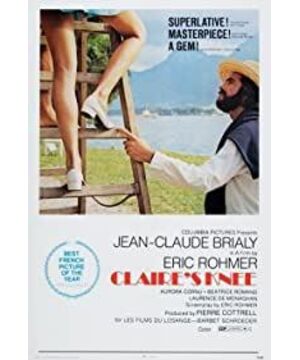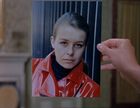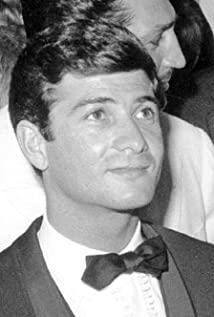From the third "One Night at Maud's House", six moral tales have no narration, and no longer follow the original text of the novel. Claire's Knee is Rohmer's first color film (and the first time a typical French three-color clothes match appeared) and the first diary-type film. It first points out the time when the story happened, and then shows the story of this day. The story ends abruptly (some of the July 12 subplots were moved to the 11th, focusing on showing Vincent's lust for Claire's knee on that day), and it's also the first Rohmer to feature characters talking like they're filming an interview. Movie. It is obvious that Claire's Knee is less and less like a novel as it is written, and Rohmer seems to have lost patience, after all, the story is divided into very trivial, some dialogues of the characters are directly displayed in indirect speech, or read on certain days. It seems to be explaining the scenery, but it is far less interesting to write it than to shoot it. The interesting thing about this story is that Aurora is a writer, she observes Vincent as a character in her writing, and imagines the love story between Vincent and the girl Laura, but the plot is beyond the control of the writer (discover, not to invent the story), Laura is very Nearly finding a new partner and alienating Vincent, Vincent's attention is also drawn to Claire's knee. He reminded Aurora that his character was disturbed by Claire (She disturbs me. No, she disturbs my character.) When Vincent touched Claire's knee as he wished, he told Aurora the story (analyzing his psychology at the time) , and proud of herself for providing her with so much material.
Another interesting point is that after Vincent told Aurora that he got his wish, he gave Aurora a kiss between friends, and Aurora looked at the camera embarrassedly. According to the current point of view, the actress is in a play, but the sly Rohmer likes to capture the real micro-movements and micro-expressions of the actors.
View more about Claire's Knee reviews










